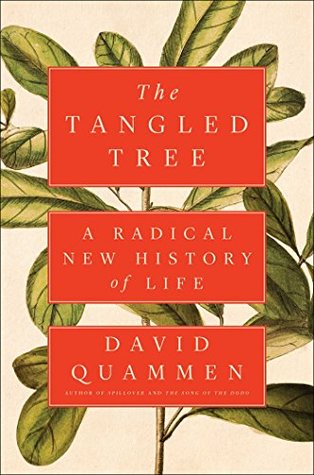selfish DNA passing from the genome of one species of mammal, through the belly of a blood-sucking insect, into another species of mammal, where it inserts itself into that genome. The transposed DNA becomes part of the second mammal’s heritable legacy. And once the self-copying of the transposon begins, it adds masses of DNA to the genome. This could be bad or, much less probably, good. If bad, it disarranges the genome, destroys necessary gene functions, induces congenital diseases, and maybe even causes the mammal lineage to go extinct. Science will never see that transposon, because it has
...more
Welcome back. Just a moment while we sign you in to your Goodreads account.


